Welcome to our stencil workshop
Stencil workshop (3 hours)
Choose your Schabolen (Stencil)
Motif
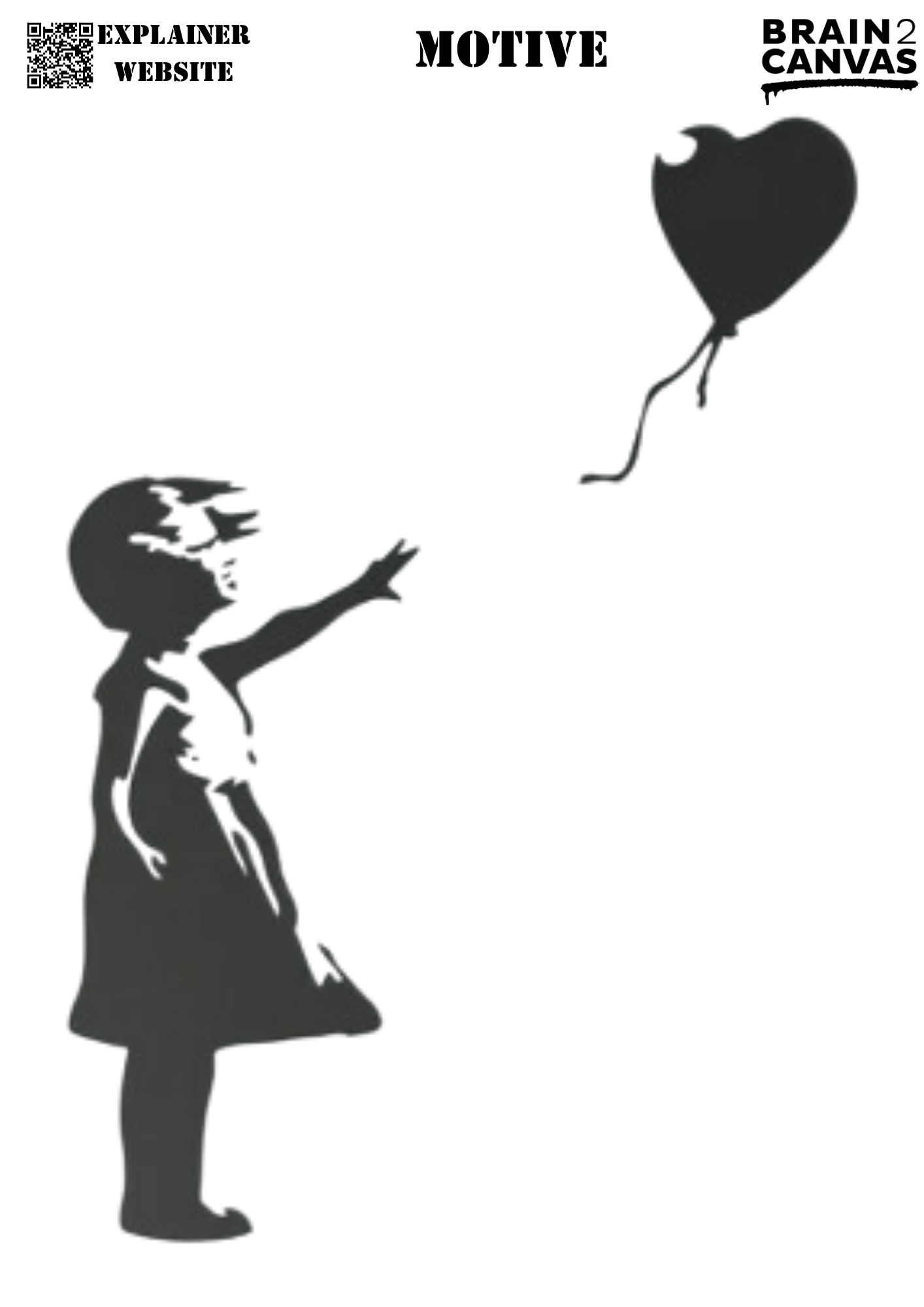
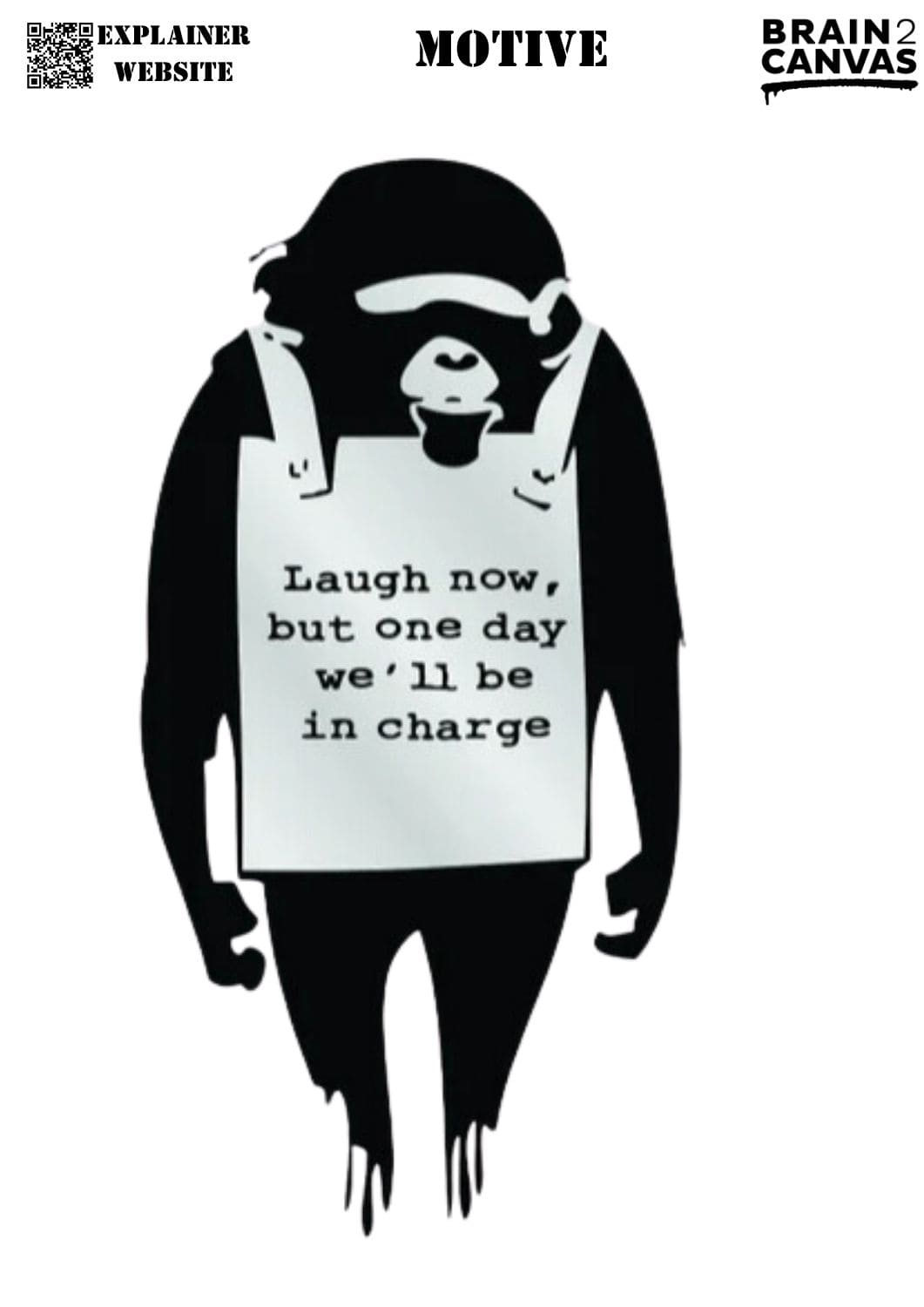

BACKGROUND
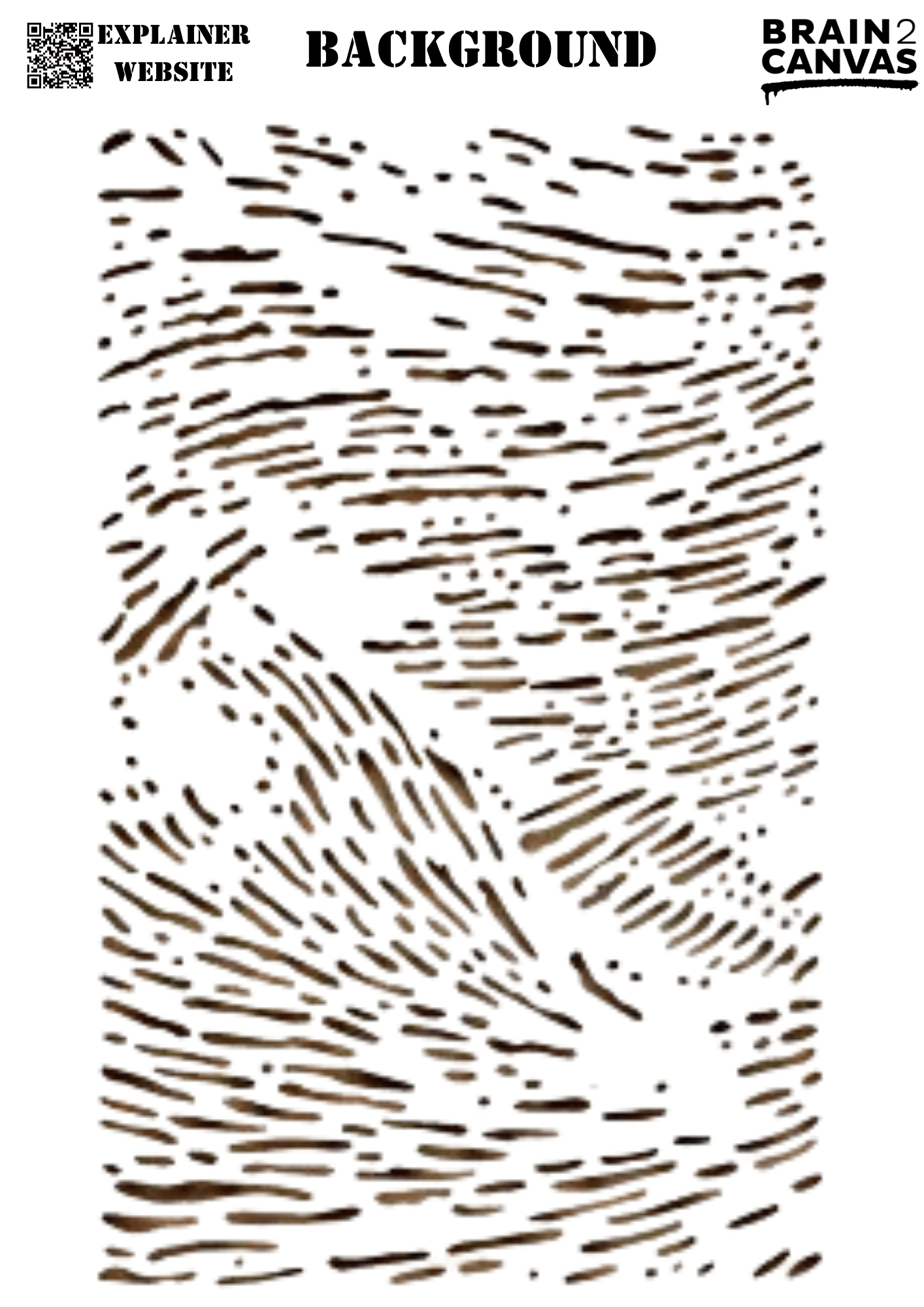
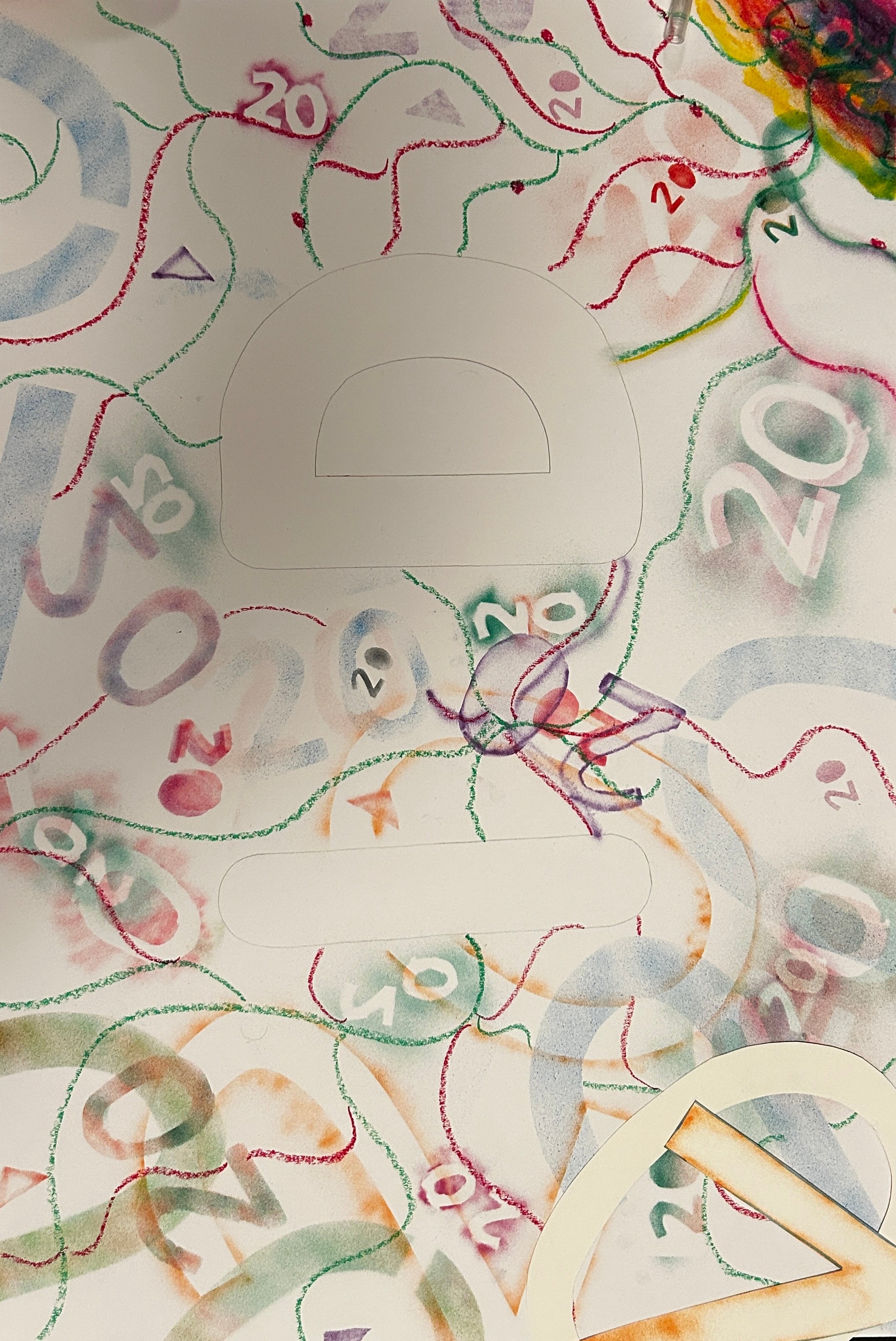
Cut out the stencil
You need
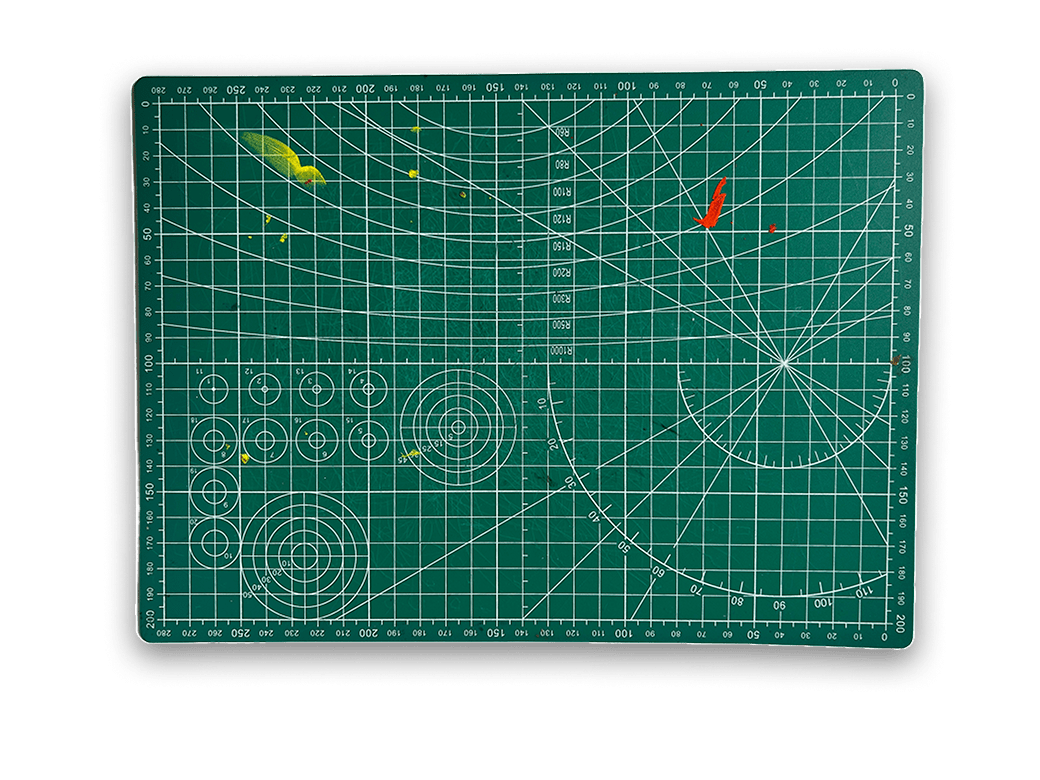
Cutting board

Paint
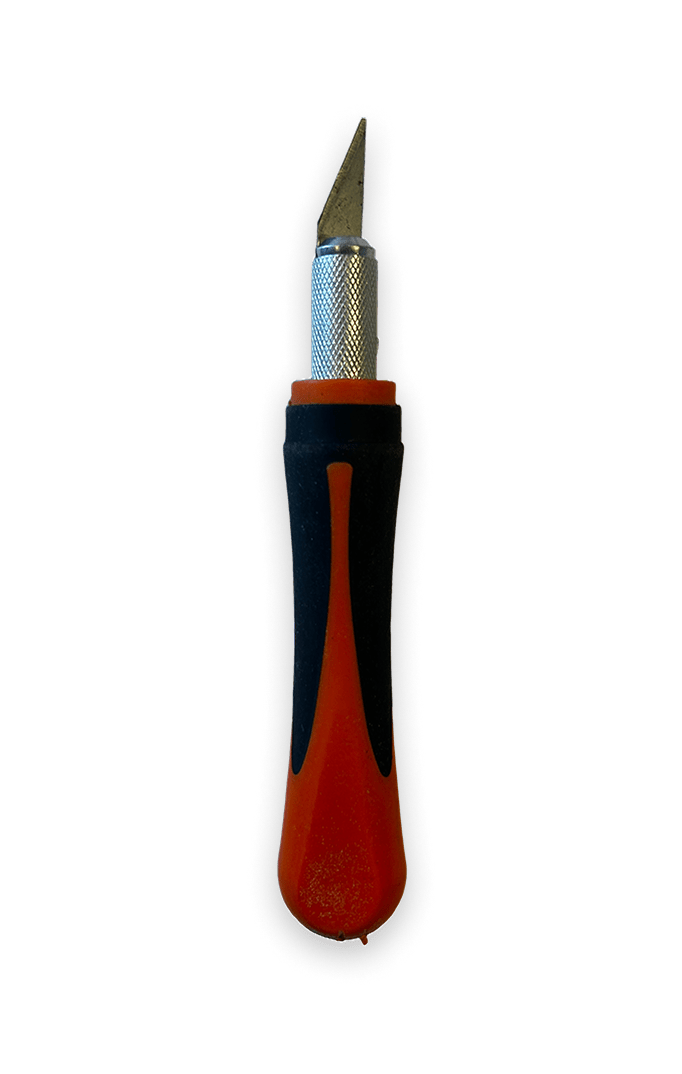
Scalp
This is how it works

Create your artwork
Options for coloring:

Airbrush
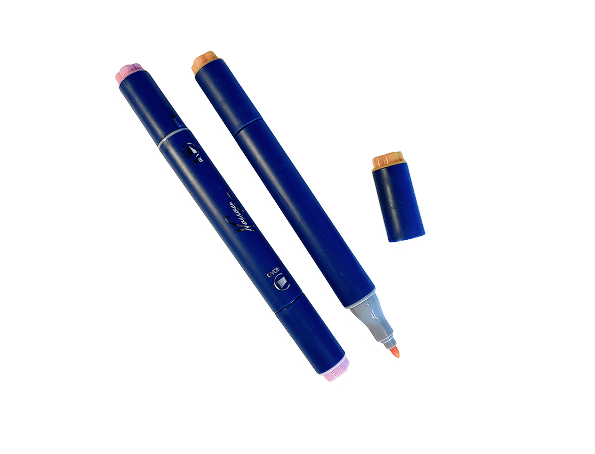
Filter
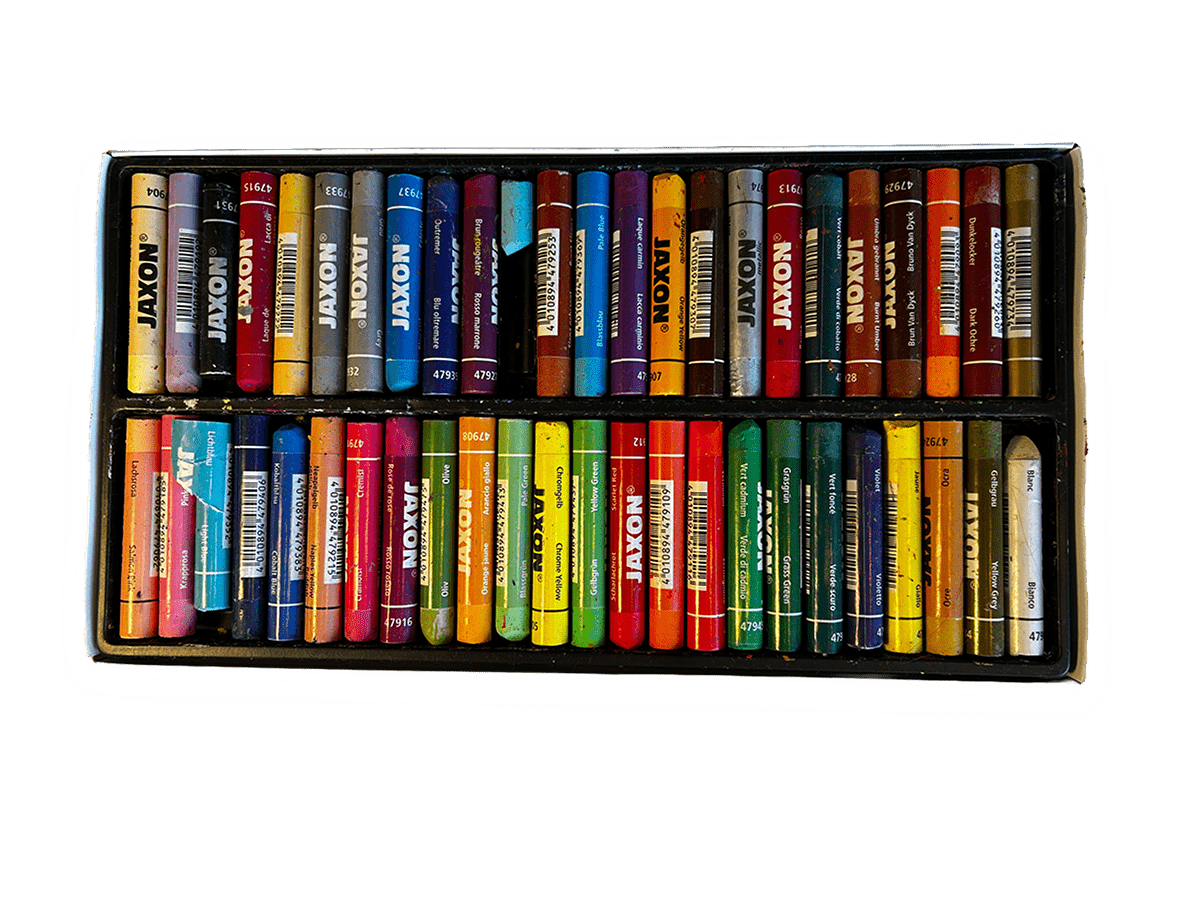
Jaxon chalk

Acrylic marker
This is how it works
Example: airbrush
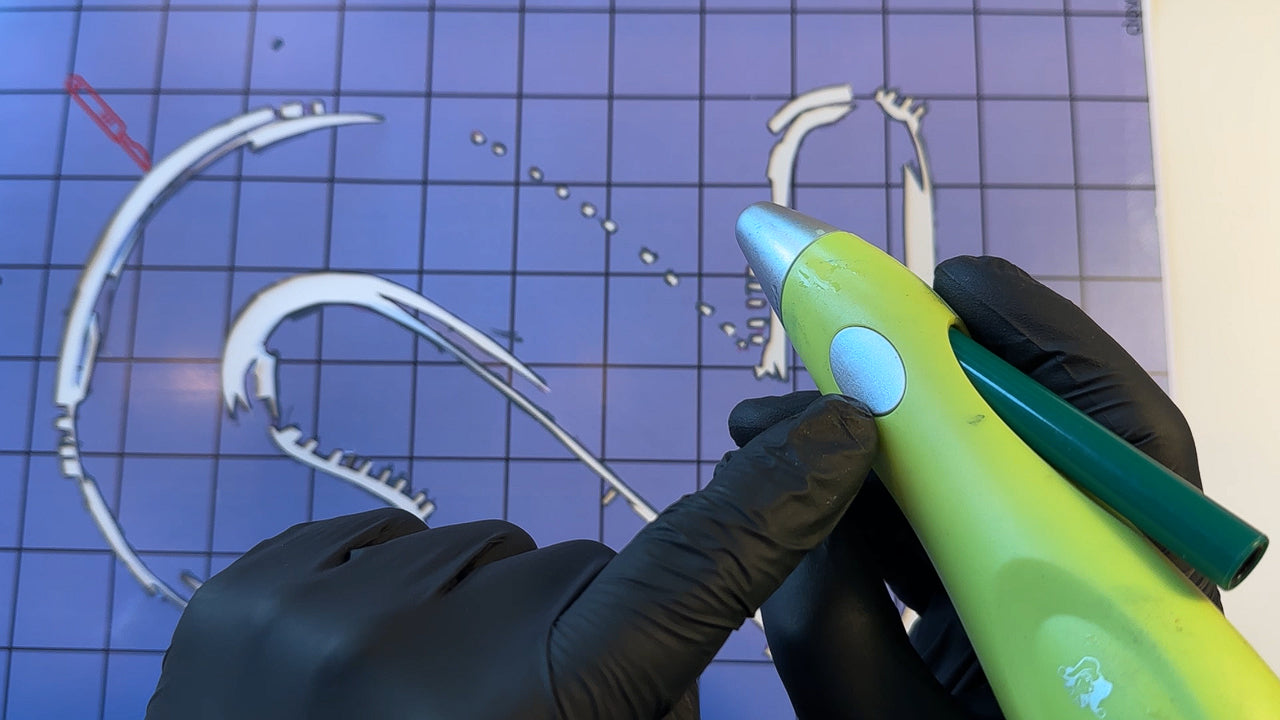
Tools & tips
Tool: Jaxon chalk

Tip: acrylic marker
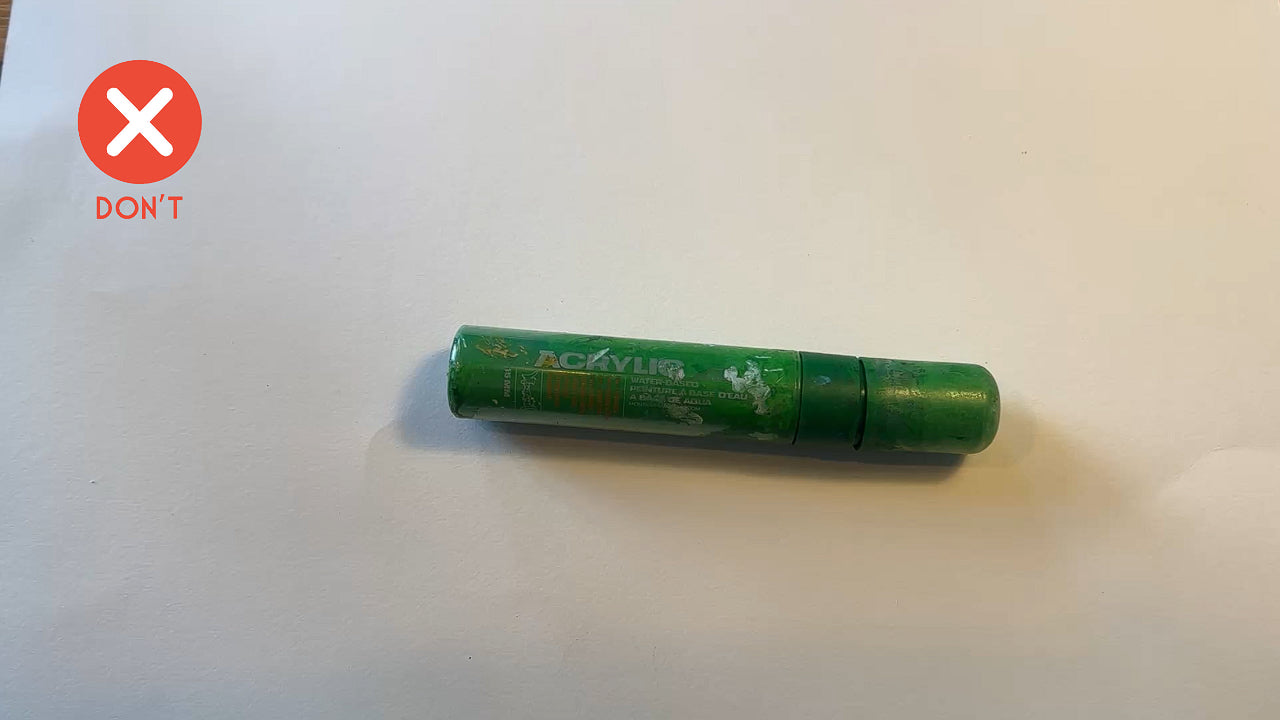
Tip: cut better

